The competitive landscape of the US Rockwool Market is diverse, characterized by a blend of established players and emerging companies striving to enhance their market presence. Rockwool products, known for their excellent thermal and acoustic insulation properties, cater to a wide range of applications in construction, industrial processes, and residential projects.
The competitive dynamics in this market involve continuous innovation and product development, as companies look to meet the increasing demand for sustainable and energy-efficient building materials. Factors influencing competition include price, product performance, environmental regulations, and the ability to provide customized solutions to meet specific consumer needs.
As companies navigate these challenges, their strategies regarding distribution channels, marketing, and customer engagement will play crucial roles in defining their market positions. Roxul, a prominent player in the US Rockwool Market, enjoys a strong market presence due to its exceptional product portfolio that includes various insulation products specifically designed for thermal management and soundproofing.
The company's focus on sustainability and high-performance insulation solutions gives it a competitive edge, as consumers increasingly prioritize eco-friendly materials. Roxul's robust distribution network ensures that its products are readily available across the United States, strengthening its competitive stance. The company is recognized for its commitment to quality and durability, which resonates well with builders, contractors, and end-users.
Furthermore, Roxul's efforts in research and development allow it to introduce innovative insulation solutions that cater to evolving market demands and building codes, further consolidating its leadership in the market. Aislantes Muro focuses on providing high-quality rock wool insulation solutions within the US Rockwool Market, emphasizing energy efficiency and environmental responsibility.
The company offers a range of products, such as insulation boards and batts, targeting both the residential and commercial sectors. Aislantes Muro has established a significant market presence by positioning itself as a reliable supplier of rock wool insulation that meets stringent performance standards. With strengths in product quality and customer service, the company fosters strong relationships with distributors and contractors.
Aislantes Muro has also pursued strategic partnerships and mergers to expand its reach and enhance its manufacturing capabilities in the United States. Such initiatives enable the company to increase its product offering and gain competitive advantages while addressing the growing demand for sustainable building materials in the US market.



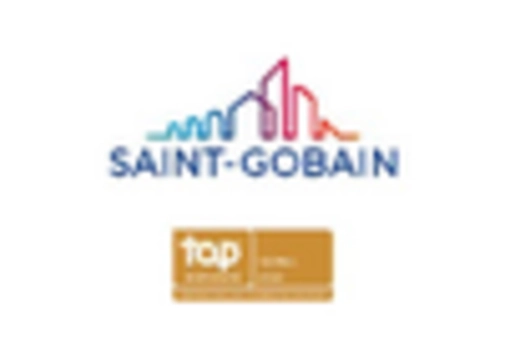
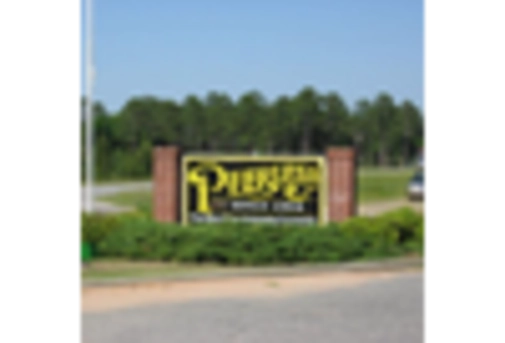
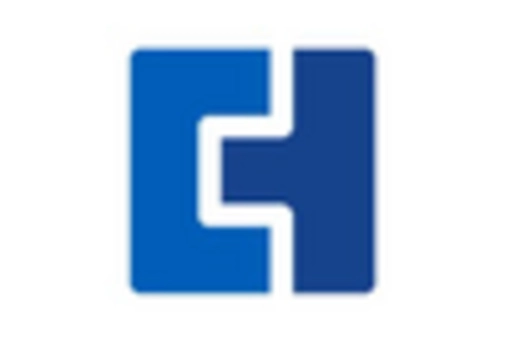
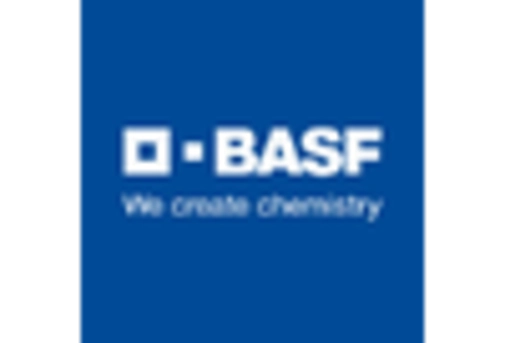
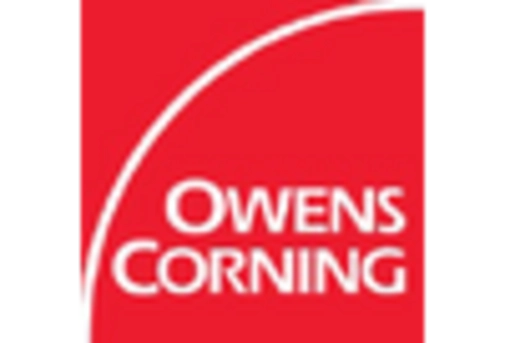
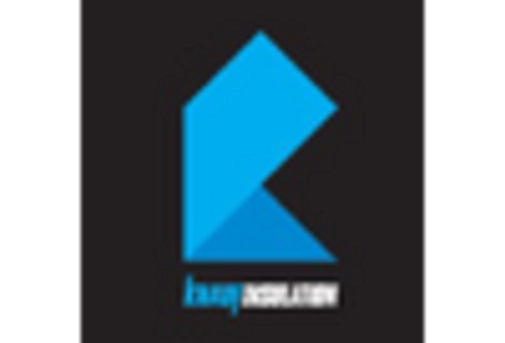
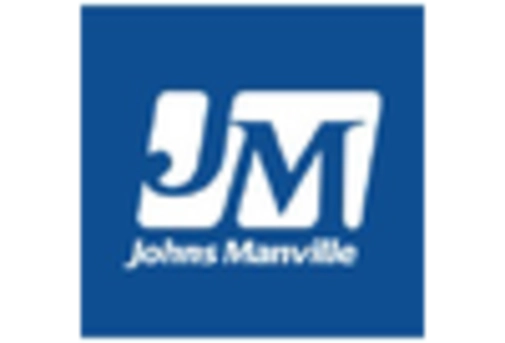








Leave a Comment